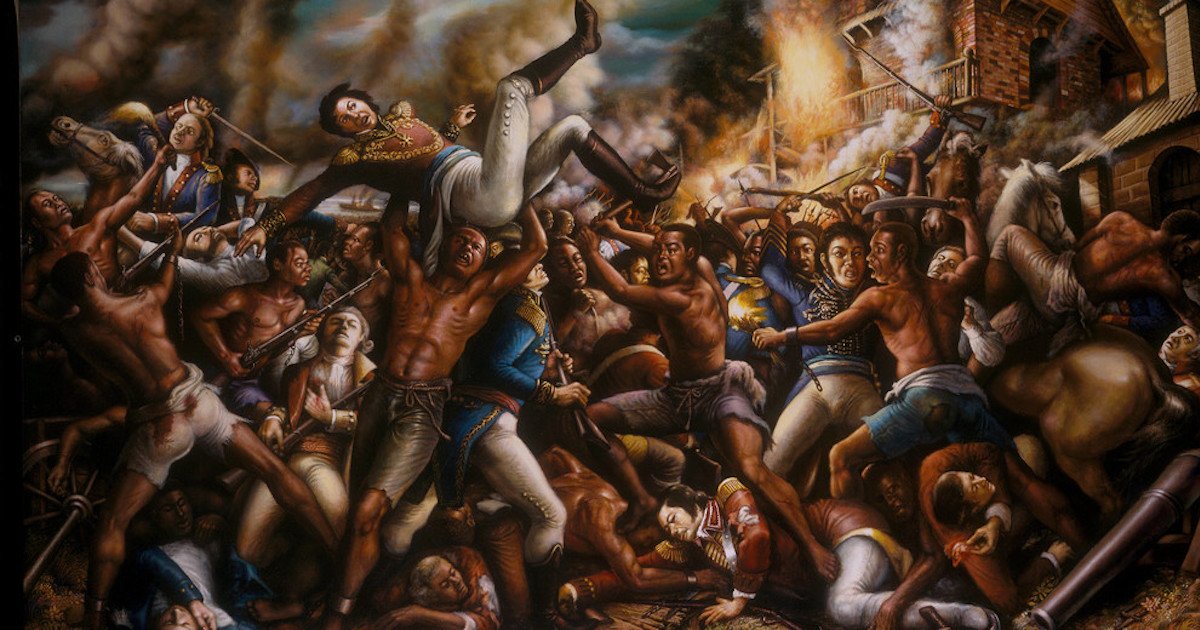[ad_1]
On April 7, 1712, a coalition of enslaved black people in New York City set fire to a building in the city center and launched a revolt. Armed with hatchets, knives, and guns, they attacked white people who came to fight the fire, killing nine and injuring seven.
During the early 18th century, New York City had a large enslaved population and the city’s white residents feared the threat of rebellion. Enslaved people in New York City suffered many of the same brutal punishments and methods of control faced by their counterparts toiling on Southern plantations. The labor demands of urban life, however, required enslaved people to move frequently throughout the city to complete tasks — giving them greater freedom of movement and more opportunity to communicate with other enslaved people. In 1712, some enslaved people used these opportunities to organize a rebellion against their harsh living conditions and dehumanization.
By EJI Staff, Equal Justice Initiative
Featured Image, Coribs via Smithsonian Magazine
Full article @ Equal Justice Initiative
[ad_2]
Source link

